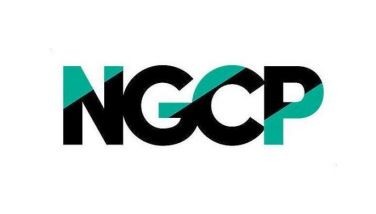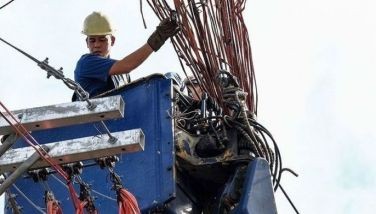Drop in AUV sales blamed on add’l tax
March 30, 2007 | 12:00am
After almost four years since excise tax was imposed on Asian Utility Vehicle (AUV), an association of motor vehicle parts complained the additional tax was contributing to the decline in AUV sales.
In a statement, Motor Vehicle Parts Manufacturers Association of the Philippines (MVPMAP) said Republic Act (RA) 9224 implemented August 2003 taxed the AUV to ill health and along with it, the local parts industry.
"The AUV was and still is the lifeblood of the local parts makers, most of our member-companies were affected, some had to shut down operations and others were forced to operate at about 40 percent of their plant capacities. Some 44,000 workers have long been dependent on this industry and we have to do something about it," MVPMAP director Ferdi Raquelsantos said.
RA 9224 imposed an excise tax of P12,000 plus 20 percent of value in excess of P600,000 for vehicles with a net manufacturer’s price of from P600,000 to P1.1 million, the price range of the AUV. This is in addition to the income tax and now, the Expanded Value Added Tax that are imposed on vehicles.
Most of the vehicles in this category were locally assembled and had the highest percentage of locally produced vehicle parts. It was the industry’s proof that the country’s competitive advantage was on locally produced vehicle parts.
The Philippines demonstrated its competitive edge, beating its competitors in Quality, Cost and Delivery (QCD) since the local parts manufacturers were able to use their plants efficiently and the final products were not taxed excessively. In addition, these manufacturers were able to garner more jobs for this labor-intensive production.
Before the excise tax was imposed, Light Commercial Vehicles (LCVs) and AUVs made up 73.3 percent of total auto industry sales. In 1990, market share of LCVs and AUVs was 39 percent. In 2002, it increased to 75 percent.
However, a year after the imposition of the excise tax AUV sales went down by 25.7 percent or 7,843 units from 30,507 units in 2003 to 22,664 units in 2004. Although it rose slightly to 26,391 units by 2005, it was still below the pre-excise tax level. By 2006, the AUV sales still could not recover as it posted an even lower 25,112 units.
In a statement, Motor Vehicle Parts Manufacturers Association of the Philippines (MVPMAP) said Republic Act (RA) 9224 implemented August 2003 taxed the AUV to ill health and along with it, the local parts industry.
"The AUV was and still is the lifeblood of the local parts makers, most of our member-companies were affected, some had to shut down operations and others were forced to operate at about 40 percent of their plant capacities. Some 44,000 workers have long been dependent on this industry and we have to do something about it," MVPMAP director Ferdi Raquelsantos said.
RA 9224 imposed an excise tax of P12,000 plus 20 percent of value in excess of P600,000 for vehicles with a net manufacturer’s price of from P600,000 to P1.1 million, the price range of the AUV. This is in addition to the income tax and now, the Expanded Value Added Tax that are imposed on vehicles.
Most of the vehicles in this category were locally assembled and had the highest percentage of locally produced vehicle parts. It was the industry’s proof that the country’s competitive advantage was on locally produced vehicle parts.
The Philippines demonstrated its competitive edge, beating its competitors in Quality, Cost and Delivery (QCD) since the local parts manufacturers were able to use their plants efficiently and the final products were not taxed excessively. In addition, these manufacturers were able to garner more jobs for this labor-intensive production.
Before the excise tax was imposed, Light Commercial Vehicles (LCVs) and AUVs made up 73.3 percent of total auto industry sales. In 1990, market share of LCVs and AUVs was 39 percent. In 2002, it increased to 75 percent.
However, a year after the imposition of the excise tax AUV sales went down by 25.7 percent or 7,843 units from 30,507 units in 2003 to 22,664 units in 2004. Although it rose slightly to 26,391 units by 2005, it was still below the pre-excise tax level. By 2006, the AUV sales still could not recover as it posted an even lower 25,112 units.
BrandSpace Articles
<
>
- Latest
- Trending
Trending
Latest
Trending
Latest
Recommended





























